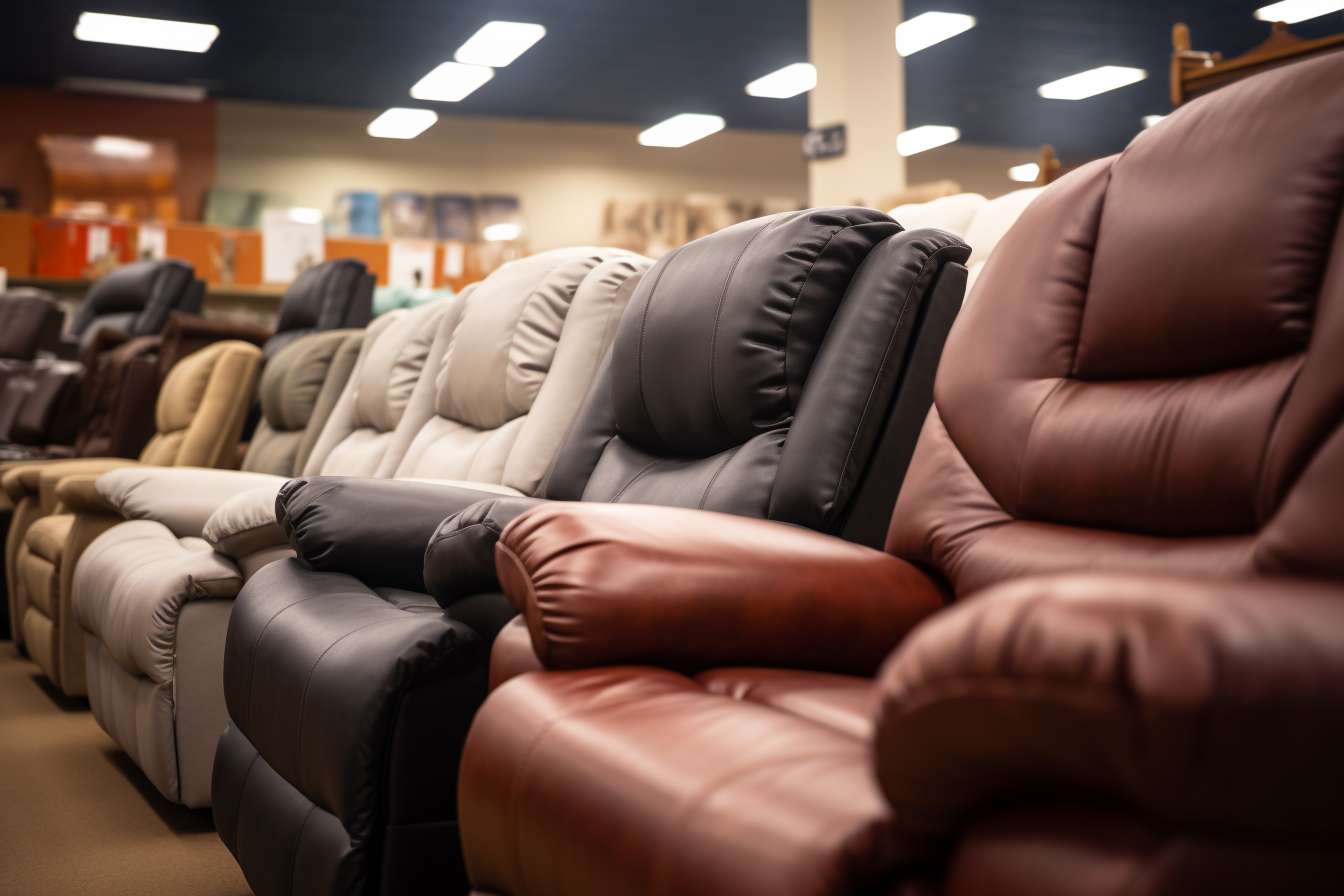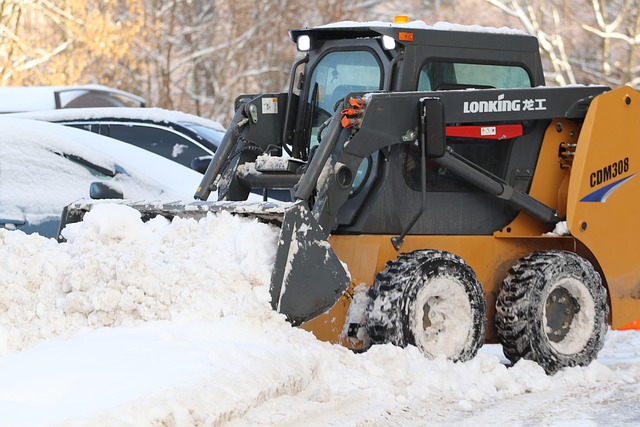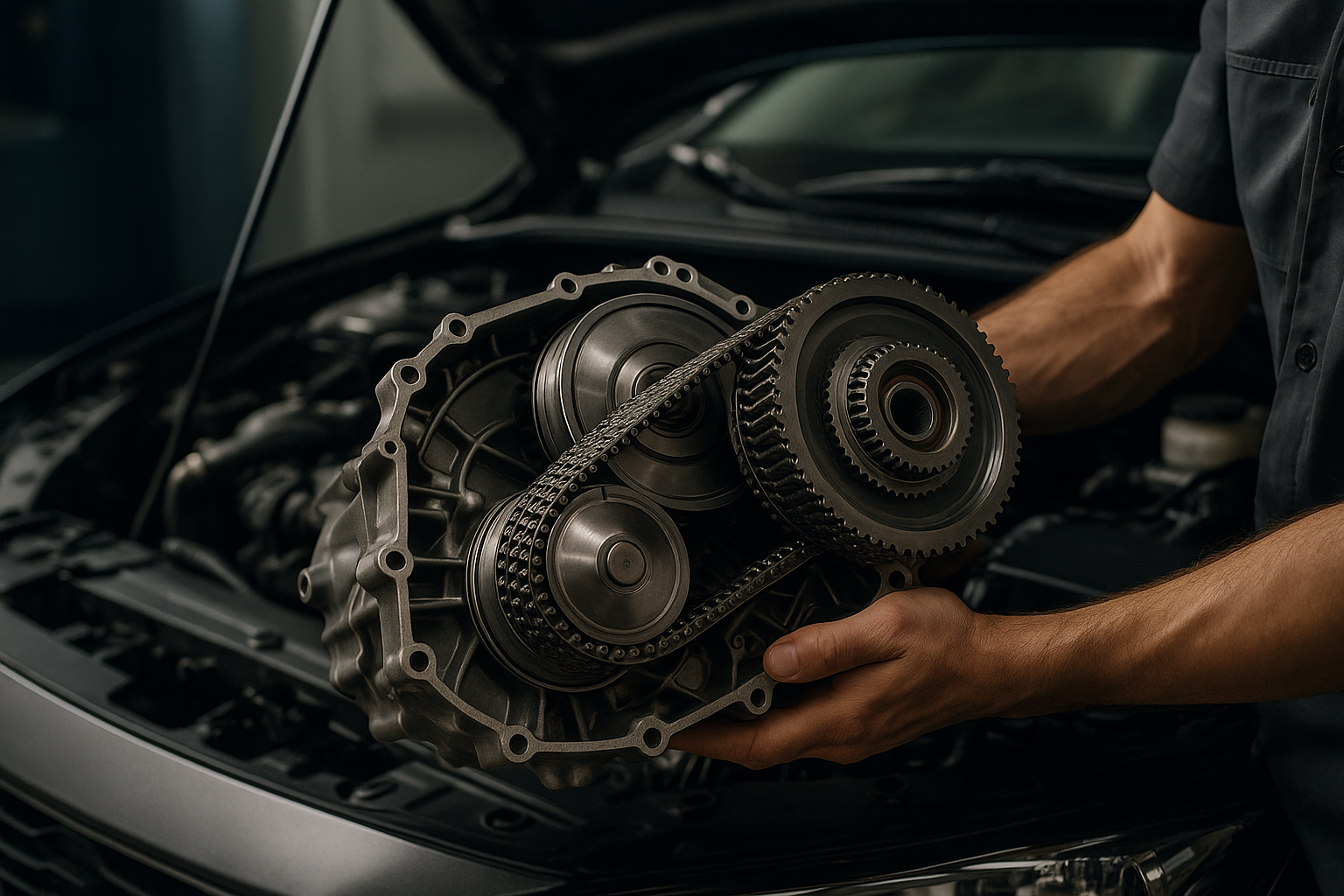Prefabricated Homes
Prefabricated homes represent a revolutionary approach to residential construction that has gained significant momentum in recent years. Unlike traditional construction where homes are built entirely on-site, prefabricated (or prefab) homes are manufactured in sections within controlled factory environments and then transported to their final location for assembly. This modern housing solution offers numerous advantages including cost efficiency, reduced construction time, and environmental benefits. As housing markets evolve and construction technology advances, prefab homes continue to transform from simple, utilitarian structures into sophisticated, customizable living spaces that meet diverse needs and aesthetic preferences.

Exploring the World of Prefabricated Houses
Prefabricated housing has evolved dramatically since its early days. Originally conceived as a solution for rapid housing deployment following World War II, prefab homes were often viewed as temporary or lower-quality alternatives to conventional construction. Today, however, prefabricated houses represent cutting-edge architecture and engineering, with designs ranging from modest starter homes to luxury residences featuring advanced sustainability features.
The prefabrication process typically begins with professional design and engineering, followed by factory manufacturing of components or modules. These elements are created in climate-controlled environments where precision cutting, consistent quality control, and efficient material use can be achieved without weather delays. Once manufactured, these components are transported to the building site where final assembly occurs on a prepared foundation, often completing the structure in days rather than months.
Modern prefab homes incorporate innovative materials, smart home technology, and energy-efficient systems that often exceed the performance of traditionally built houses. This evolution has helped prefabricated housing shed its former stigma and gain recognition as a forward-thinking housing solution.
The Rise of Prefabricated Houses
Several factors have contributed to the growing popularity of prefabricated housing in recent years. The housing affordability crisis in many regions has prompted homebuyers to seek cost-effective alternatives without compromising quality. Meanwhile, labor shortages in the construction industry have made traditional building methods increasingly expensive and time-consuming.
Environmental concerns have also accelerated adoption of prefab solutions. Factory construction typically generates less waste than on-site building, with materials precisely measured and excess components often recycled within the facility. Additionally, the controlled environment allows for better implementation of insulation and air sealing, resulting in more energy-efficient homes.
Technology has further propelled prefabricated housing forward. Advanced design software, precision manufacturing equipment, and improved transportation logistics have made it possible to create increasingly sophisticated prefab structures. Many manufacturers now offer virtual design consultations and customization options that allow buyers to personalize their homes while maintaining the efficiency benefits of prefabrication.
The COVID-19 pandemic introduced another factor driving interest in prefab homes: reduced contact during construction. With fewer workers needed on-site for shorter periods, prefabricated construction limited potential virus transmission while meeting the heightened demand for housing during the work-from-home revolution.
Types of Prefabricated Homes
The prefabricated housing market encompasses several distinct categories, each with unique characteristics and benefits:
Modular homes represent perhaps the most comprehensive prefab solution, consisting of multiple three-dimensional sections (modules) manufactured in factories and then transported to the building site. These modules arrive nearly complete with interior finishes, plumbing, electrical systems, and even fixtures in place. Once delivered, they’re connected on a permanent foundation to create a complete home that typically resembles traditional construction and meets all local building codes.
Panelized homes utilize a system where walls, floors, and roof components are manufactured as flat panels in factories, then shipped to the site for assembly. While requiring more on-site work than modular construction, panelized systems still offer significant time savings compared to stick-built homes while allowing greater design flexibility.
Manufactured homes (formerly known as mobile homes) are built entirely in factories on a permanent chassis, then transported to the site as a complete unit. Though historically associated with lower-cost housing, today’s manufactured homes often feature high-quality materials and contemporary designs.
Kit homes provide a middle ground between prefabrication and traditional construction. These packages include pre-cut, pre-measured materials along with detailed assembly instructions. Kit homes give buyers hands-on involvement while eliminating much of the waste and measuring typically associated with conventional building.
Container homes repurpose shipping containers as structural elements, creating distinctive modern residences that emphasize sustainability through adaptive reuse. These homes can range from simple, affordable tiny homes to complex, architecturally striking multi-container compounds.
Advantages and Challenges of Prefabricated Houses
Prefabricated homes offer numerous advantages over traditional construction methods. Cost efficiency ranks among the most significant benefits, with savings typically ranging from 10-25% compared to conventional building. These savings stem from reduced labor costs, bulk material purchasing, minimized waste, and shorter construction financing periods.
Time efficiency represents another major advantage. While traditional home construction often takes 6-12 months, prefabricated homes can be completed in as little as 3-4 months from order to move-in, depending on complexity and customization. This accelerated timeline reduces carrying costs and allows homeowners to occupy their properties sooner.
Quality control tends to be more consistent in factory settings where specialized workers repeatedly perform the same tasks in controlled environments, free from weather interference. Many manufacturers implement rigorous inspection protocols exceeding those required for on-site construction.
Despite these benefits, prefabricated housing faces certain challenges. Transportation limitations can restrict the size of modules and sometimes necessitate design compromises. Most prefab homes require appropriate land with suitable access for delivery vehicles and crane positioning.
Financing can present another obstacle, as some lenders remain unfamiliar with prefabricated construction processes. Similarly, certain communities maintain outdated zoning restrictions that complicate prefab home placement, though these barriers have diminished as prefabrication gains mainstream acceptance.
Cost Considerations for Prefabricated Homes
When evaluating prefabricated housing options, understanding the full cost landscape is essential. While the structure itself often costs less than traditional construction, several factors influence the final price including transportation distance, site preparation, foundation work, utility connections, and local permit requirements.
| Prefab Home Type | Average Base Cost (per sq ft) | Typical Size Range | Total Project Cost Range |
|---|---|---|---|
| Modular Homes | $80-$160 | 1,000-3,000 sq ft | $180,000-$360,000 |
| Panelized Homes | $70-$140 | 1,200-3,500 sq ft | $160,000-$320,000 |
| Manufactured Homes | $50-$100 | 900-2,500 sq ft | $75,000-$150,000 |
| Container Homes | $100-$200 | 300-2,000 sq ft | $60,000-$250,000 |
| Kit Homes | $60-$120 | 800-3,000 sq ft | $120,000-$280,000 |
Prices, rates, or cost estimates mentioned in this article are based on the latest available information but may change over time. Independent research is advised before making financial decisions.
Leading providers in the prefab home market include Clayton Homes, which offers a wide range of manufactured and modular options nationwide; Method Homes, known for high-end modern designs with sustainability features; Blu Homes, featuring premium contemporary designs with advanced technology integration; and Connect Homes, which specializes in architect-designed modular homes with streamlined delivery processes.
Many manufacturers now offer virtual design consultations that allow prospective buyers to visualize and customize their prefabricated homes before production begins. While base models provide cost-effective starting points, customization options ranging from layout modifications to premium finishes can significantly impact the final price.
Prefabricated homes have transformed from simple, utilitarian structures into sophisticated living spaces that challenge traditional notions of what factory-built housing can be. As construction technology continues to advance and housing needs evolve, prefab solutions are positioned to play an increasingly important role in addressing housing affordability, sustainability goals, and the desire for quality homes delivered efficiently. Whether serving as primary residences, vacation properties, or accessory dwelling units, prefabricated homes offer compelling benefits that explain their growing popularity across diverse market segments.




